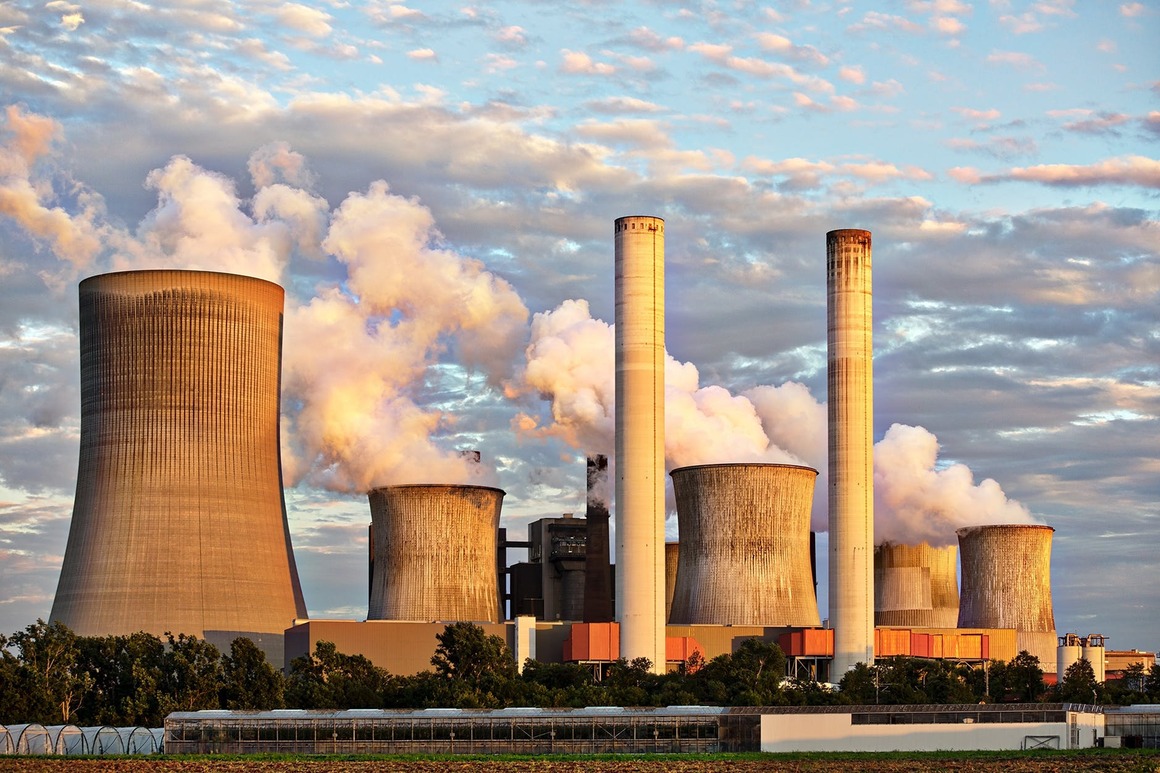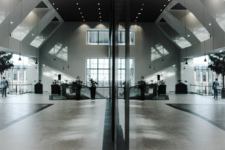Syracuse, NY / August 15, 2019 / -- In October 2017, EPA Administrator Scott Pruitt issued a Notice of Proposed Rulemaking (NPRM) for the Clean Power Plan, a centerpiece of former President Obama’s climate change policy that sought to reduce the greenhouse gas emissions of power plants. Part of the CPP’s mandate was to create new “carbon pollution standards for new, modified, and reconstructed power plants.”
Pruitt has proposed to repeal the CPP and determine whether the regulation even belongs under the statutory authority of the agency. The move comes under President Trump’s America First Strategy, which has sent the EPA on a mission to spur the development of U.S. energy resources by removing “unnecessary regulations” that make it difficult to develop said resources in the first place.
A critical consequence of dismantling the CPP, however, is the removal of existing carbon emissions standards for coal-fired power plants, undoing all the hard work done to rein in uncontrolled coal-produced pollution. A 2015 fact sheet by the EPA even shows that the Clean Power Plan would prevent over:
- 90,000 pediatric asthma attacks
- 4,500 fatalities
- 1,700 heart attacks
- 300,000 missed school and workdays
Observers from the coal industry itself expressed concerns over the health repercussions of a resurgent coal landscape—and it’s easy to see why.
“All across the country, thousands of coal workers still suffer from respiratory diseases like black lung, caused by exposure to coal particles in the air,” said Kevin Wood, Vice President of Sales & Marketing at Camfil USA. “It’s for this reason that the Clean Power Plan is shaping up to be one of the most significant battles over air pollution in recent years.”
What Does This Mean for Industrial Air Filter Manufacturers?
Higher levels of air pollution mean that commercial buildings, airports, schools, and industrial facilities will be under greater pressure to keep outside air from entering their buildings through the use of industrial air filter manufacturers.
“The primary causes of compromised indoor air quality are usually attributed to fuel combustion from cooking, heating, and lighting, as well as indoor air pollutants like fumes from cleaning products and building materials,” points out Kevin. “But outdoor air can also be a significant contributor to the problem.”
Under normal circumstances, the best way to address the risk of contaminated indoor air is to control or even eliminate the source of air pollution and ventilate the building with clean air from the outside. This ventilation technique, however, can be limited by weather conditions or high levels of pollutants in outdoor air. In this case, an air-purifying or filtration device may be installed on a building’s existing heating, ventilation, and air conditioning (HVAC) system.
High levels of outdoor air pollution also mean that building owners have to spend more money to seal their structures and keep their doors and windows closed. But even a “sealed” building can be susceptible to outdoor air, which can enter the structure through cracks in the walls, ceilings, and floors.
How Do Air Filtration Systems Work?
When installed in conjunction with a building’s HVAC unit, air filtration systems will trap pollutants, allergens, and odor-causing fumes in the air, trapping hazardous contaminants and blowing out clean air back into the indoor space. Air filter/purification systems use a variety of filtration methods, which usually fall into these categories.
- Straining – Also known as sieving, this approach uses a filter media where the gap between the individual media members, whether it’s mesh, fiber, or corrugated metal, is smaller than the particulate matter (PM) being captured. This is perhaps the most common form of filtration, found in the majority of filter designs.
- Interception – This is a form of inertial separation where the particle makes contact with any part of the filter media due to a change in inertia. After contact, the combination of static low pressure and surface friction prevents the particle from moving.
- Diffusion – This filtration method happens when a particle makes contact with a highly porous media (e.g. activated carbon), it enters the material through its largest pores and makes its way into the smallest ones until it is eventually trapped.
- Electrostatic attraction – This filtration method uses electrostatically-charged fibers, which act like magnets to attract and trap airborne particles.
But what about HEPA filters?
The Effectiveness of Industrial HEPA Air Filters
Industrial high efficiency particulate air filters (HEPA) are especially effective in enclosed spaces that need next-to-perfect air, such as clean rooms, hospitals and certain manufacturing facilities. But as always, the kind of performance you get from a HEPA filter is largely dependent on the filter itself, the company that made it, and the type of contaminants you are dealing with.
A powerful HEPA filter will have a capture rate efficiency of 99.97 percent for particles down to 0.3 microns in size. For context, contaminants from coal emissions are usually rated as PM2.5 or smaller than 2.5 microns in size—about a hundredth of the width of a single strand of hair.
Again, not all HEPA filters are built the same way.
- Some HEPA air filters will have the HEPA name, but are not constructed to industry standards or individually tested according to industry protocols. This often means they’re only designed to protect a building’s contaminants from common allergens like dust, pollen, and animal dander.
- Industrial-level HEPA filters, on the other hand, will have a minimum efficiency of 99.97% on particles 0.3 micron in size. They are typically used in laboratories, healthcare facilities, pharmaceuticals and microelectronics manufacturing facilities. In critical air quality situations, they may even be adapted into standard HVAC systems to provide purified air.
Which Air Filter and Purifier Should You Get?
An air filter and purifier is a crucial investment for any building struggling with indoor air quality. These systems protect a building’s occupants and equipment from the effects of poor air quality, dust, and contaminants from outdoor air pollution. Naturally, choosing an air filtration system is a decision that should not be taken lightly. Installing inefficient air filters, can set you back in terms of:
- Wasted energy
- Additional maintenance and repair costs
- Damaged equipment
- Unhealthy and under-productive employees
Because of the many types of air filters on the market, most people tend to look at their choices from a price point perspective. But an effective air filtration solution is rarely the cheapest; conversely, an expensive system is not necessarily an effective one. Instead, look at the long-term expense of using your air filter. This is why it’s important to determine the life cycle cost of your filtration system to get the best efficiency and long-term ROI.
In most cases, for commercial or institutional applications, standard inefficient air filters should be replaced with high efficiency HVAC filters. These filters are rated with a MERV which stands for minimum efficiency reporting value. The higher the value, the more efficient the filter. Normally, a MERV 13 air filter addresses most concerns, but you should always consult with your local air filter expert to make sure you are not affecting the performance of your HVAC system and you are getting the best return on your air quality investment.
Final Thoughts on Air Filters
It is important to remember that while air filters are an effective way to prevent your indoor air from being contaminated by outdoor air pollutants, they merely address the effect of air pollution, not the source. Ultimately, it will take a concerted effort by average everyday people to put greater pressure on their governments to pass tighter regulations against carbon emissions. In the case of energy generation, interventions can only take and stay in effect if the public wills it. Until that happens, people will have to live with poor outdoor air as a fact of life and take refuge indoors as much as they can.
As one of the world’s leading air filter manufacturers, Camfil USA supports initiatives to keep air safe and breathable. To learn about industrial air filters by Camfil USA, please click here. You may also browse our innovative air filtration solutions for power plants and energy systems.
Media Contact
Lynne Laake
T: 888.599.6620
F: Friend Camfil USA on Facebook
Y: Watch Camfil Videos on YouTube
Source: CAMFIL.COM/EN-US/







